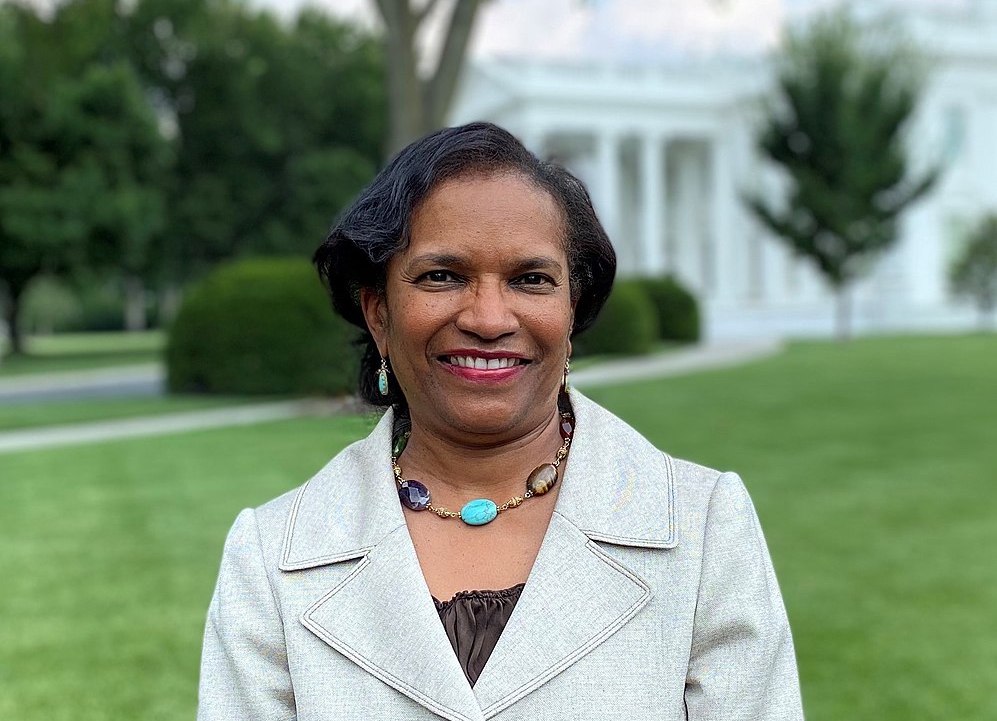
- Details
- By Chez Oxendine
- Energy | Environment
On Earth Day 2024, the Biden administration announced a $7 billion investment in solar energy in marginalized communities across the country, including tribal nations. It was the third clean energy funding award announced this month under the $27 billion Greenhouse Gasses Reduction Fund (GGRF).
From those investments, more than $2 billion total will flow into Indian Country to finance renewable energy projects from rooftop solar to EV charging stations and large-scale tribal energy projects, per prior Tribal Business News reporting.
The GGRF highlights the Biden administration’s efforts to fund clean energy and create good-paying green jobs, but it’s also emblematic of the administration’s wider views on climate justice, according to Brenda Mallory, chair of the White House Council of Environmental Quality and the first African American to serve in the position.
Confirmed in April 2021, Mallory serves as a chief climate advisor to President Biden. She came to the position after a career at the Environmental Protection Agency, with a background in climate justice and law.
Mallory spoke with Tribal Business News on Tuesday to discuss the Biden administration’s work with Indian Country on climate resilience and sovereignty.
This interview has been edited for brevity and clarity.
You’ve been on this job for three years, right? What have you learned about Indian Country in that time?
I came in on an administration that has prioritized improving tribal relations in significant ways. I’ve had the chance to see the administration focus on the consultation process. The president has been very forward-leaning on making sure we’re taking tribal treaty rights seriously. There are a number of places where the relationship with tribes has been critical.
Can you give an example of that intersection between tribe and federal governments?
The tribes are obviously very concerned about salmon on the Columbia River in the Pacific Northwest. In December, the Biden administration reached a historic agreement with tribes in the state of Oregon and Washington for a 10-year partnership. They’re going to work on what’s going to be necessary to bring salmon back to that area, and understand what the potential impacts would be from work in the area.
What’s the takeaway there?
What we’ve learned from those relationships is the importance of having tribes at the table to be part of answering and addressing the problems that exist in tribal communities.
The Greenhouse Gas Reduction Fund will steer more than $2 billion into Indian Country over the next five to seven years. Native leaders are calling it a “once in a generation” opportunity that will help reduce greenhouse gas and create clean energy jobs for Indigenous people. How does the GGRF reflect the White House’s approach to Indian Country?
From the beginning of the administration, the president and vice president have been very focused on the fact that tribes, like other communities, have been under-invested in for years. These are also the communities that feel the worst impacts of climate change. If you’re going to solve climate change, you have to start supporting communities experiencing the worst effects.
So the idea is to help the people who are most impacted, like tribal reservations?
We have a Justice40 initiative, which basically is the president’s commitment to ensure 40 percent of climate programs reach disadvantaged communities. Many tribal communities fall within that, and are often served by that category. We also recognize that there is a sovereign relationship with tribes that requires that we are consulting and including tribes in the way we’re arriving at climate change.
But you also have projects like the SunZia transmission project and off-shore wind that the President has supported — these are situations that may be good for the environment, and they may create good-paying jobs, but they also infringe on sacred lands and food systems of tribes. How does the president square good jobs and clean energy with tribal sovereignty?
I think our key principle is to try to make sure that as we’re going down the path of arriving at climate justice, that we are doing the outreach and that we are including tribes in that decision early on. We want to make sure we’re working to engage them throughout the process.
That doesn’t mean we’re going to agree every time, but we’re working to try and reduce the number of places where there is disagreement around the administration’s path. We’re also trying to include the experience and Indigenous knowledge that tribes bring to the table.
